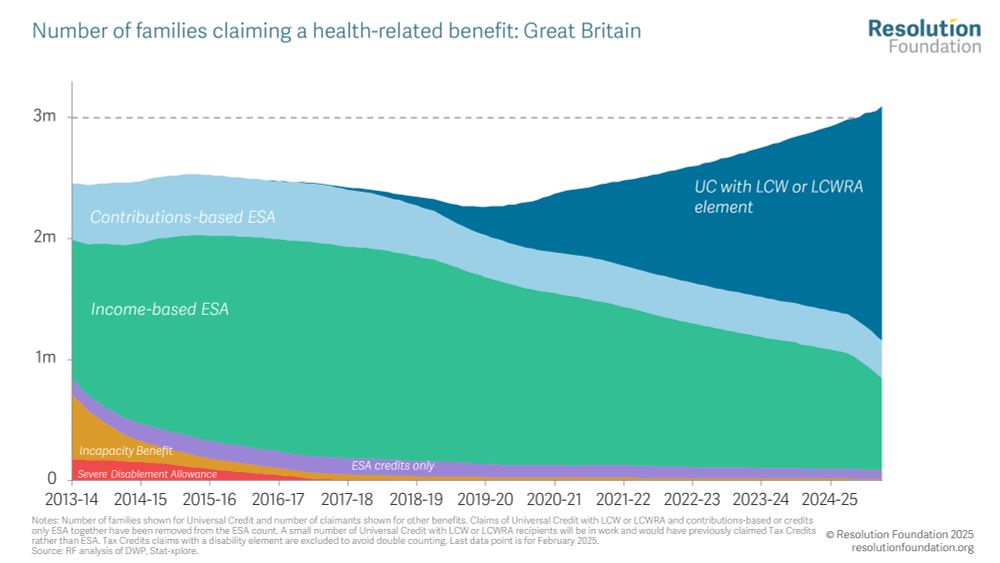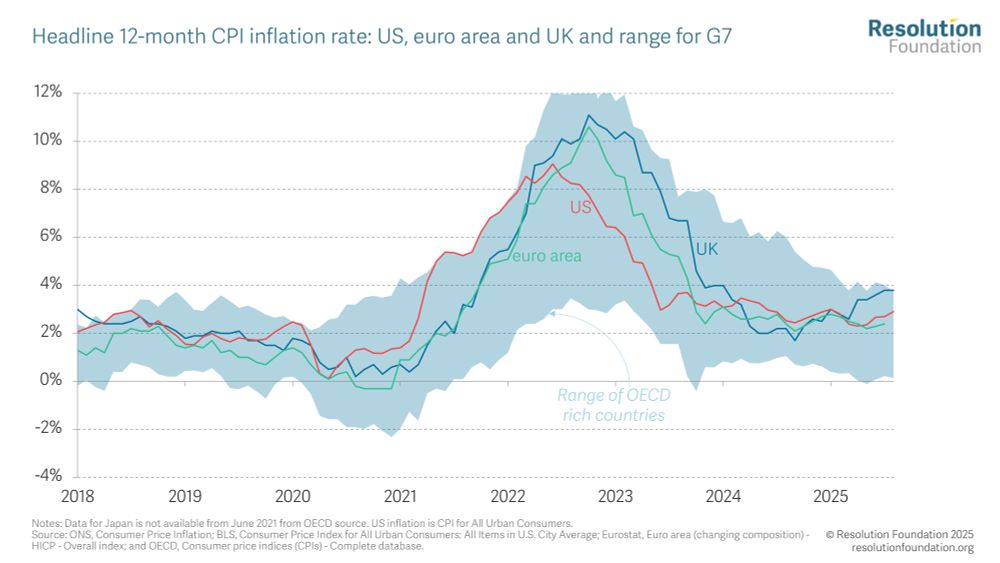Louise Murphy
@louisemurphy.bsky.social
5.4K followers
780 following
360 posts
Senior Economist at the Resolution Foundation, focusing on employment, young people and health | views my own
Posts
Media
Videos
Starter Packs
Reposted by Louise Murphy
Reposted by Louise Murphy
Reposted by Louise Murphy
Reposted by Louise Murphy














